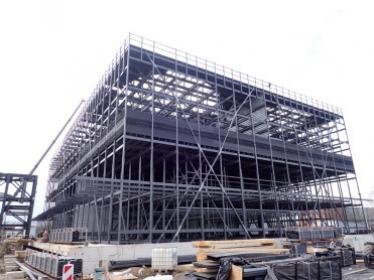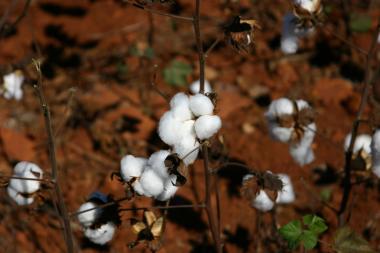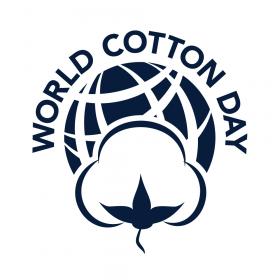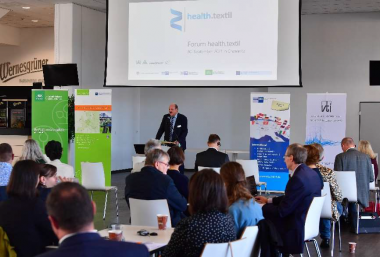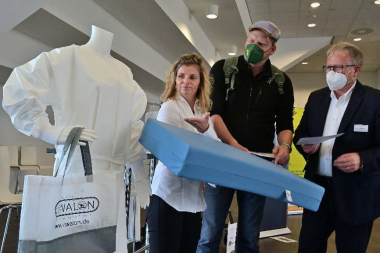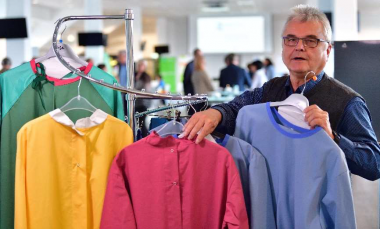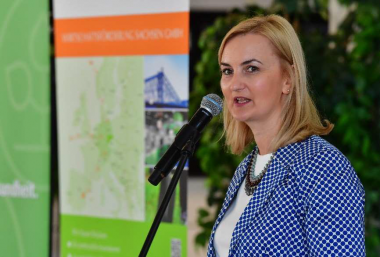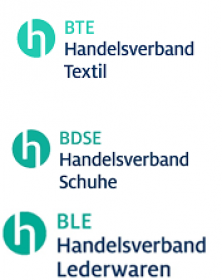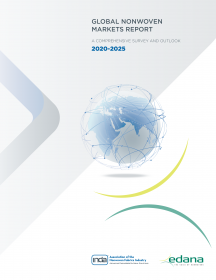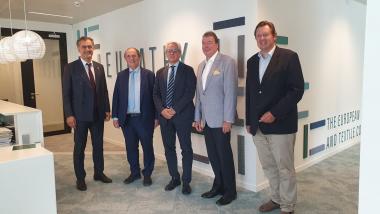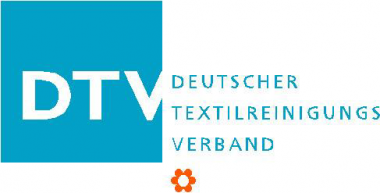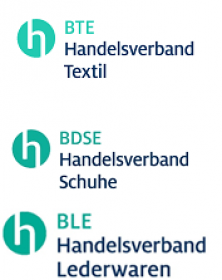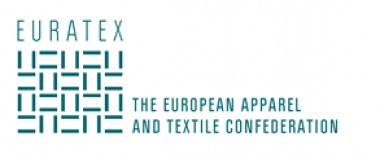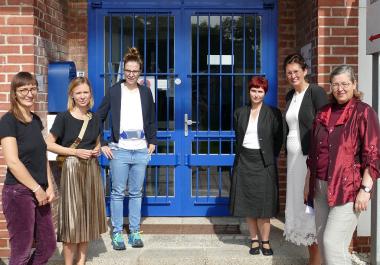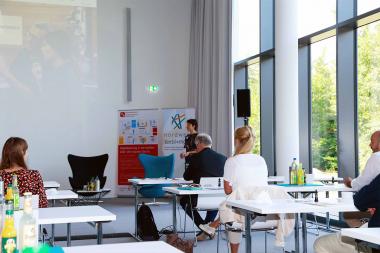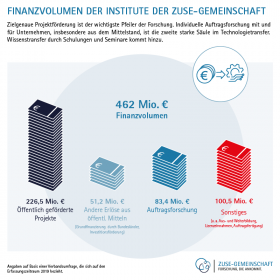CU Bau: Klimaschonendes Sanieren und Bauen
Stark steigende Baustoffpreise, immer knapper werdende Rohstoffe sowie steigende Preise für CO2-Zertifkate und Strom erhöhen den Druck, klimafreundliche und doch wettbewerbsfähige Produkte zu verwenden und innovative Produkte, Verfahren und Prozesse dafür zu entwickeln.
Für diese Herausforderungen im Bauwesen bietet der Leichtbau mit Faserverbundwerkstoffen neue Lösungen und ein enormes Anwendungspotential. Bisher sind diese Werkstoffe im Bauwesen noch nicht in ausreichendem Umfang etabliert und bei vielen Entscheidern noch nicht Teil der Lösung. Deshalb treibt das Fachnetzwerk CU Bau des Composites United e.V. (CU) als nationale und internationale Plattform dieses Thema für seine Mitglieder aus Industrie und Wissenschaft voran.
Hybride Bauweisen
Roy Thyroff, im Netzwerk Composites United e.V. Geschäftsführer CU Bau: „Unser Ziel ist, dass die gesamte Bauwirtschaft – Architekten, Planer, Bauingenieure, Zulassungsstellen sowie Bauunternehmen – Bauprodukte mit faserverstärkter Beton- und Polymermatrix mit entsprechenden Zulassungen einsetzen kann.“ Dabei geht es nicht nur um Bauweisen mit faserverstärkten Kunststoffen und textilbewehrtem Beton, sondern darüber hinaus auch um hybride Bauweisen, wie z.B. Hybridbauwerke aus Holz und Carbonbeton. Denn faserbasierter, hybrider Leichtbau führt die besten Eigenschaften verschiedener Materialien klimafreundlich zusammen, bietet somit gegenüber herkömmlichen Baustoffen große Vorteile für den Klimaschutz und ermöglicht völlig neue Bauweisen.
Vorteile von Faserverbundwerkstoffen
Faserverbundwerkstoffe sind sowohl im Neubau als auch in der Sanierung dank ihrer umwelt- und ressourcenschonenden Eigenschaften im Vorteil. Neben der CO2-Reduktion liegen die wesentlichen Vorteil:
- in der Geschwindigkeit der Ausführung,
- dem geringeren Materialeinsatz,
- der Kostenreduktion,
- der Leistungsfähigkeit wie hoher Druck- und Biegezugfestigkeit,
- dem einfacheren Handling
- den geringeren Transportlasten,
- der Beständigkeit gegen Korrosion,
- der Flexibilität bei unterschiedlichen Schädigungsgraden eines Sanierungsfalls und
- der deutlich verlängerten Nutzungsdauer.
Composites United e.V. (CU) / bm CONSULTING


